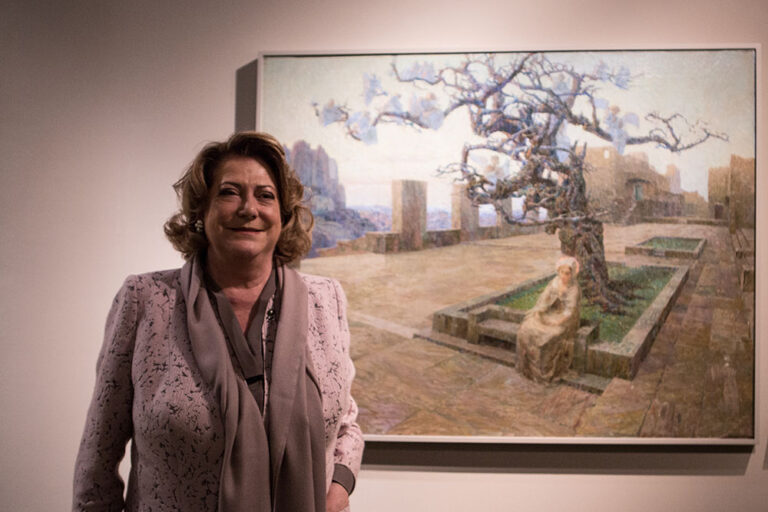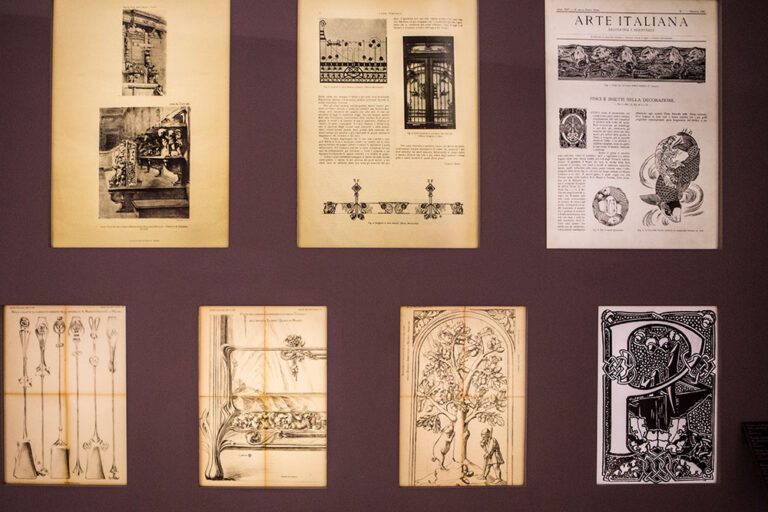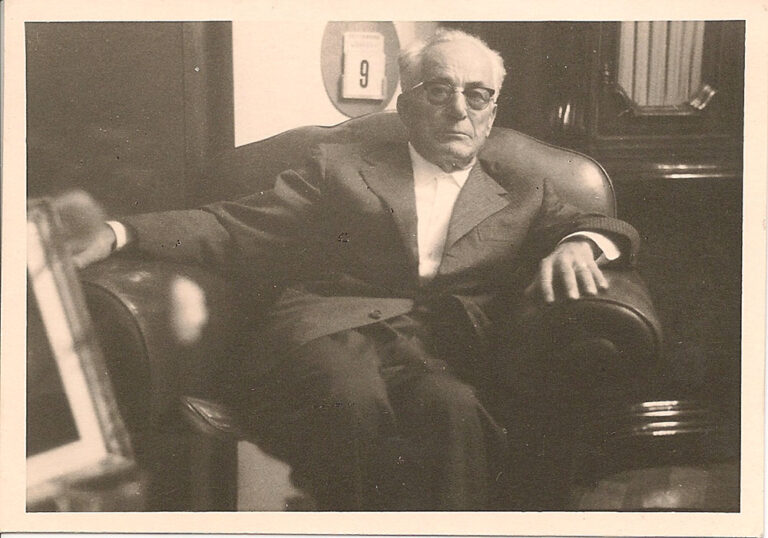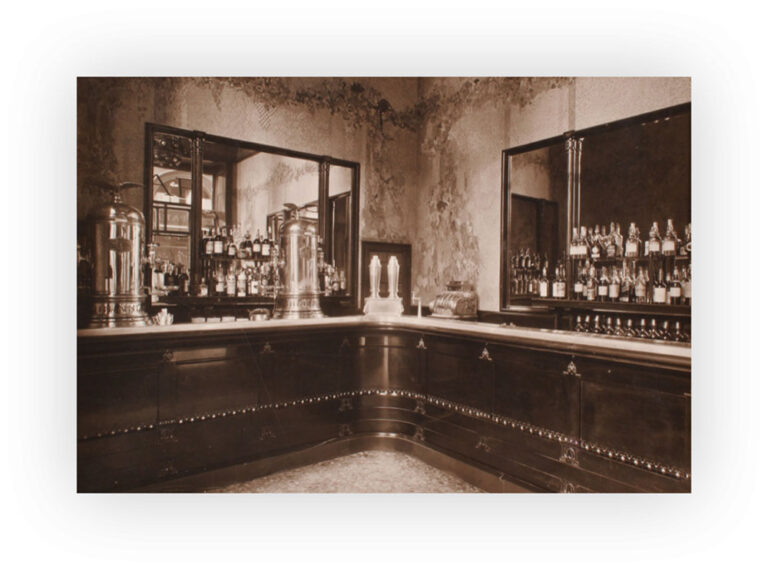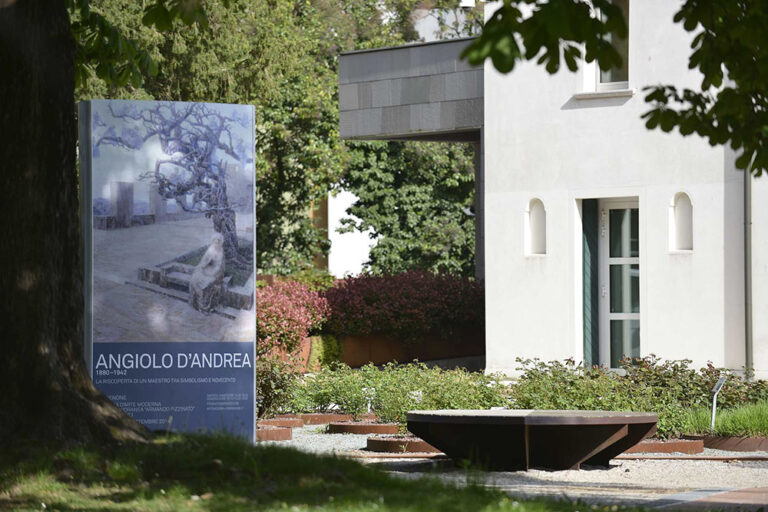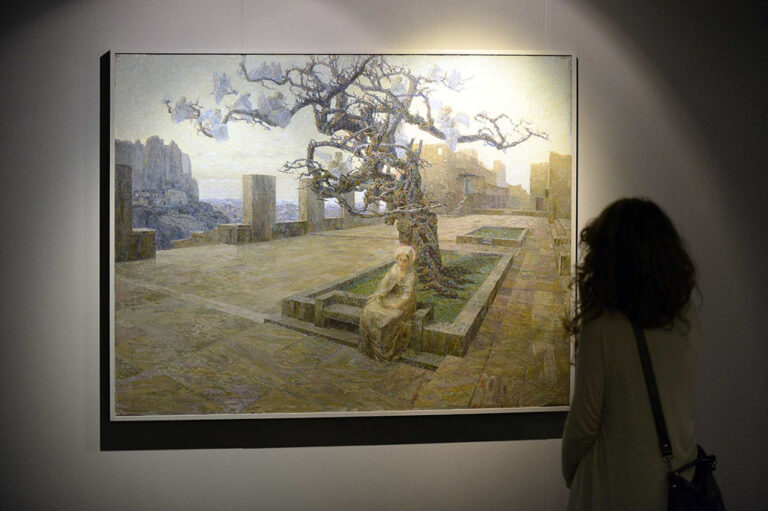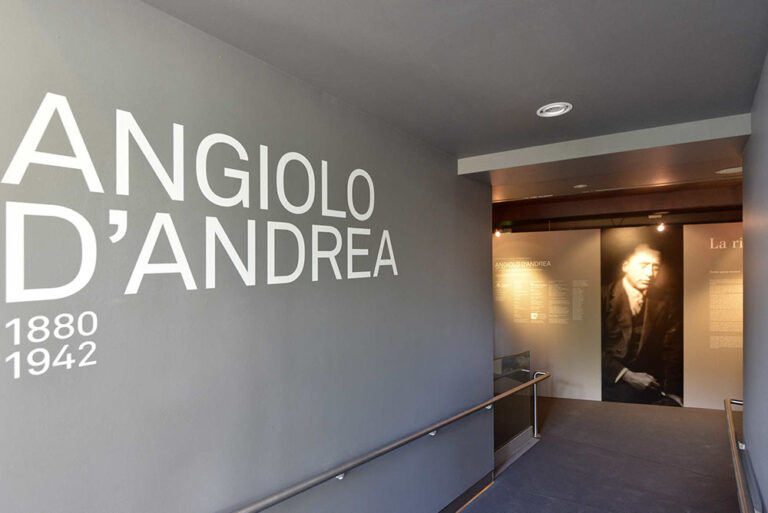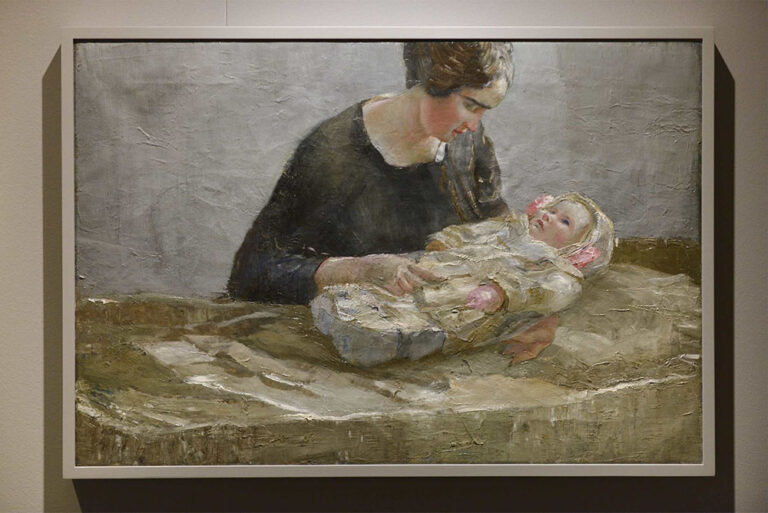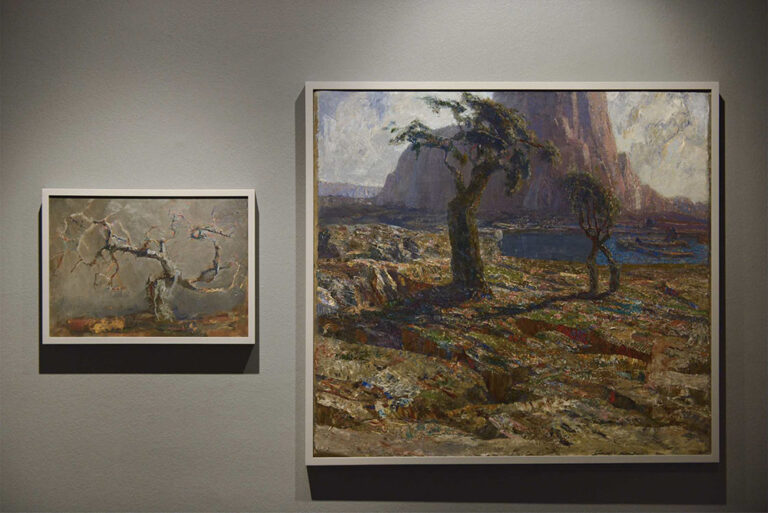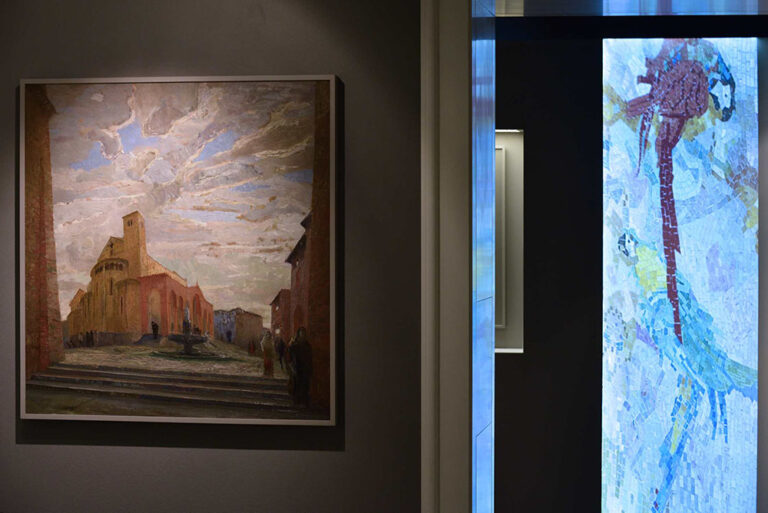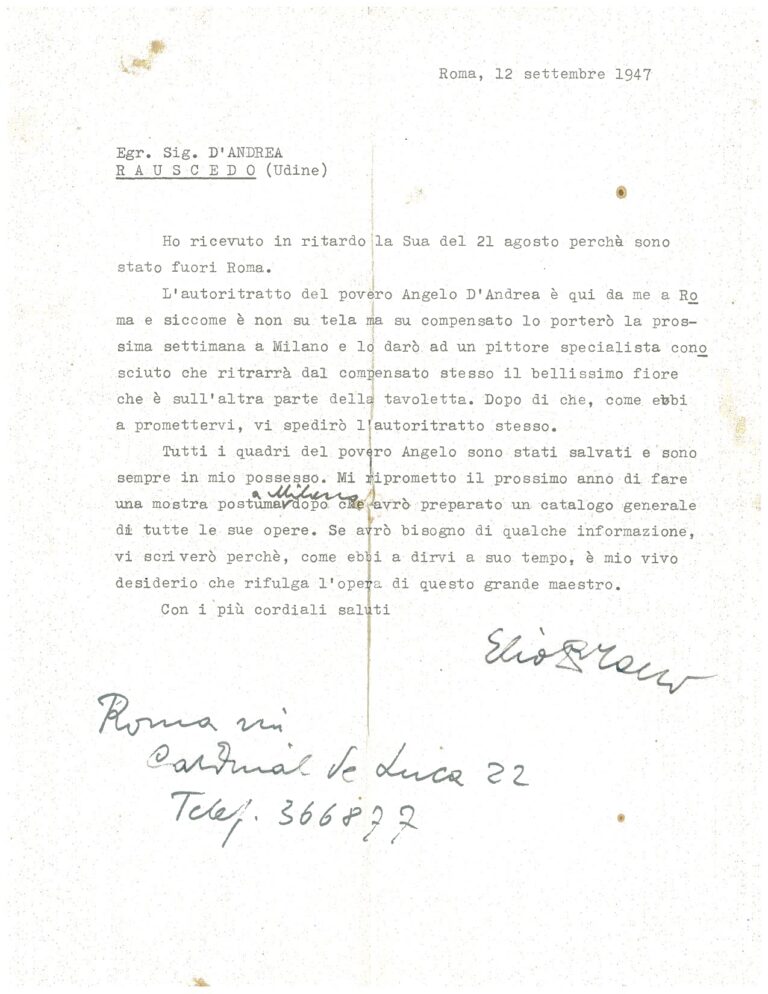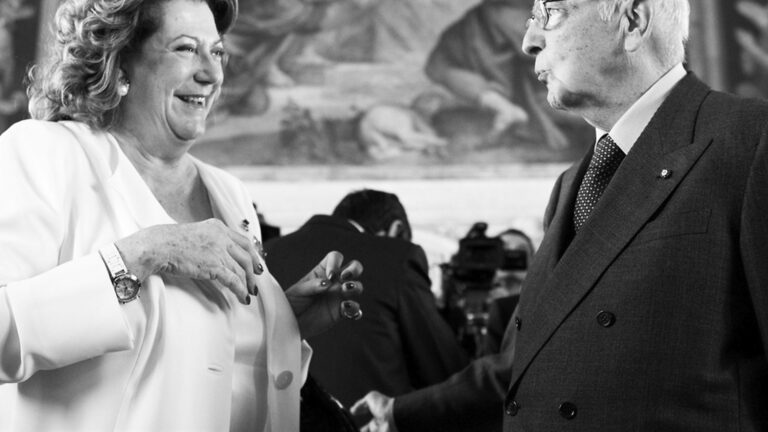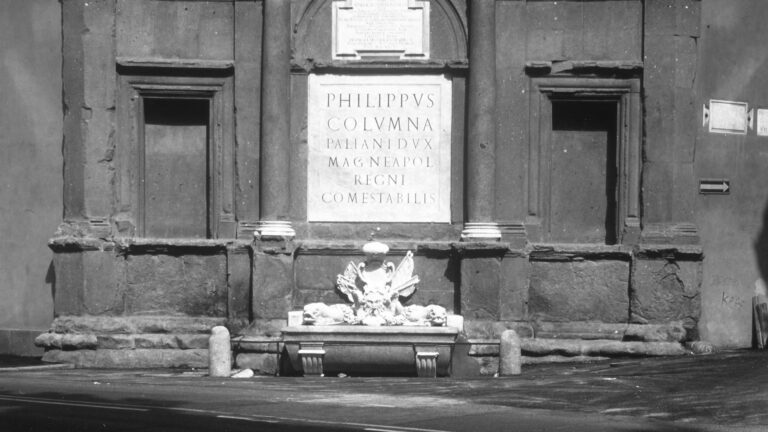
The Camparino Café is a real Milanese institution. It was the favored locale of Verdi and Toscanini after an evening at La Scala, of Dudovich and Carrà who used to stay into the early hours, of King Umberto I because it had the best coffee in the city. Established in 1867, along with the Vittorio Emanuele II Gallery, which serves as a sort of “gateway” for those coming from Piazza Duomo, the Camparino Café is still today a fascinating place to meet. Those who enter immediately take notice of the refined liberty mosaic designs that reveal in those cascades of flowers and colorful birds a taste of an age that survives, with all of its charm, in the most Milanese corner of Milan. Those mosaics are the work of a little known artist, but one who was a great master of Italian Symbolism: Angiolo D’Andrea.
Born in Friuli, in Rauscedo in the Pordenone province on August 24th, 1880, D’Andrea lived and worked in Milan for most of his life. And in Milan, where he lived from 1906 to 1941, he created some valuable architectural elements, leaving an important mark on other areas of the city: Palazzo Berri-Meregalli on Via Cappuccini and the Salone dei Benefattori in the new Maggiore Hospital in Niguarda. At the beginning of the 1900s, he exhibited in Brera, at the Pesaro Gallery and even at the Venice Biennale.
Elio Bracco, the Group’s founder, met Angiolo D’Andrea in person in Milan, became his friend and grew passionate about his art. So in 1942, when the artist died, he saved all of the works that had been gathered in the painter’s studio, which would have risked being lost or damaged during the bombings. On September 12th, 1947, Elio Bracco wrote to the master’s heirs, “All of poor Angelo D’Andrea’s paintings have been safeguarded and are in my possession. I resolve to have a posthumous exhibition in Milan next year, as it is my keen wish that the works of this great master shine.”
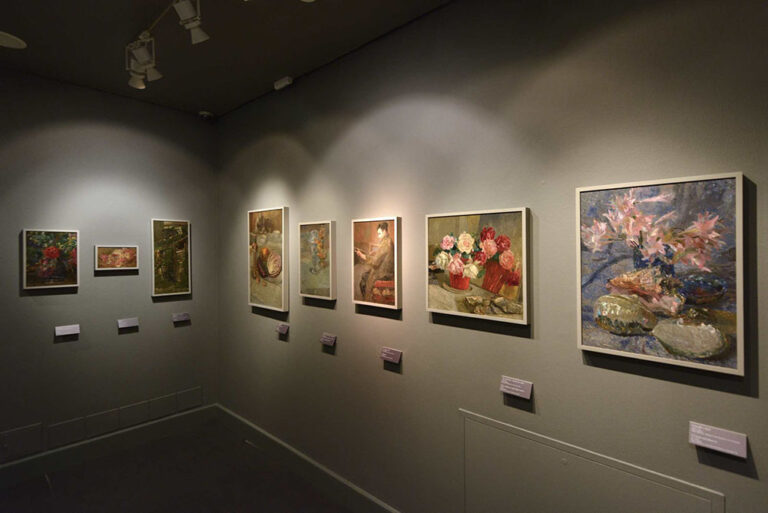
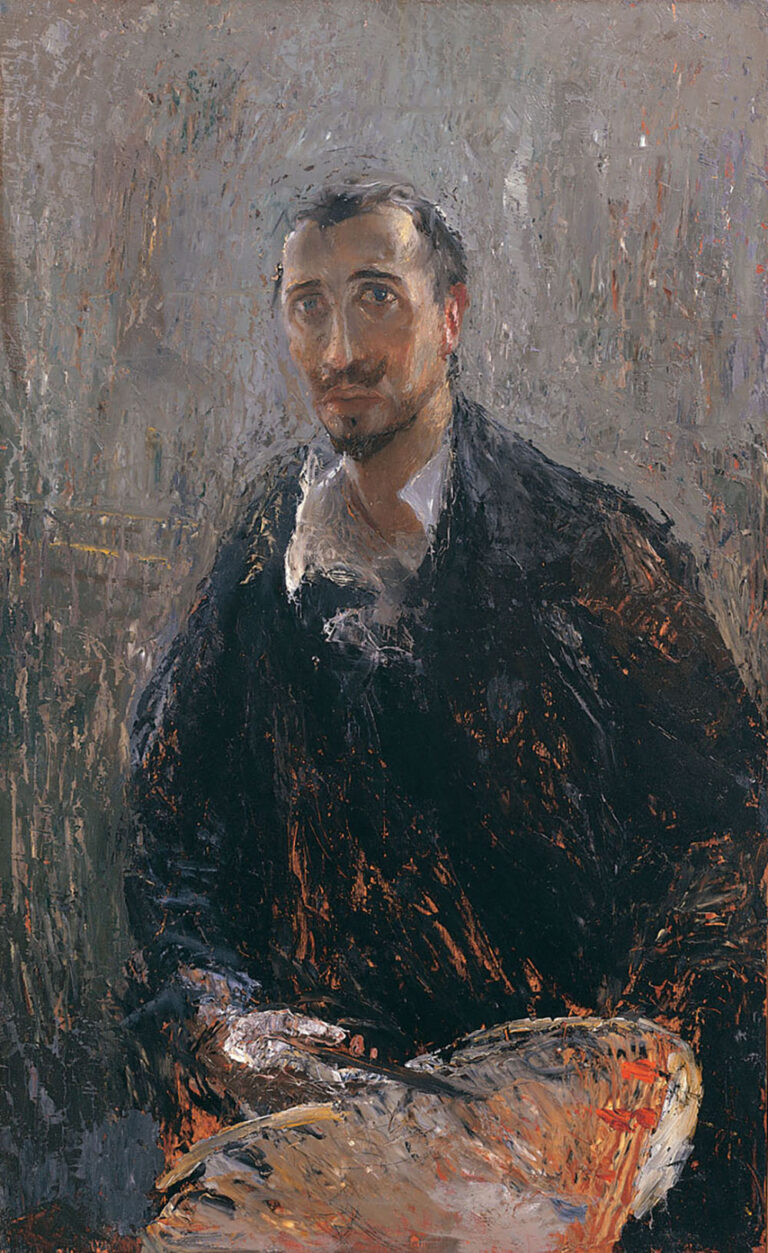
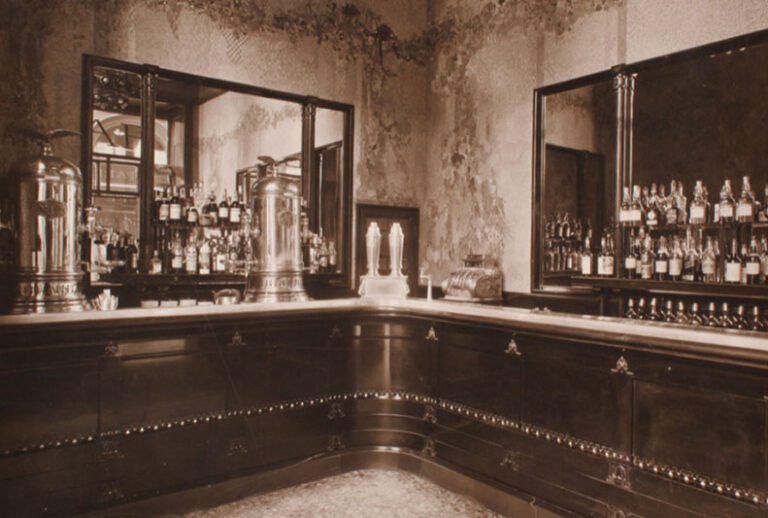
During the trying years of the post-war period, Elio Bracco had to focus on rebuilding the company, and the exhibition that he had hoped to organize never came about. Exactly 70 years after the artist’s death, also coinciding with the 85th anniversary of the foundation of the Bracco Group, in 2012 Diana Bracco wanted to fulfill her grandfather’s wish and organized the first solo exhibition dedicated to D’Andrea at Palazzo Morando in Milan, curated by Professor Luciano Caramel. Corporate patronage is a common thread that connects all the generations of the Bracco family.

